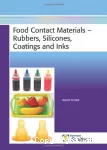Food Contact Rubbers - Products, Migration and Regulation
Food Contact Rubbers - Products, Migration and Regulation
+
-





